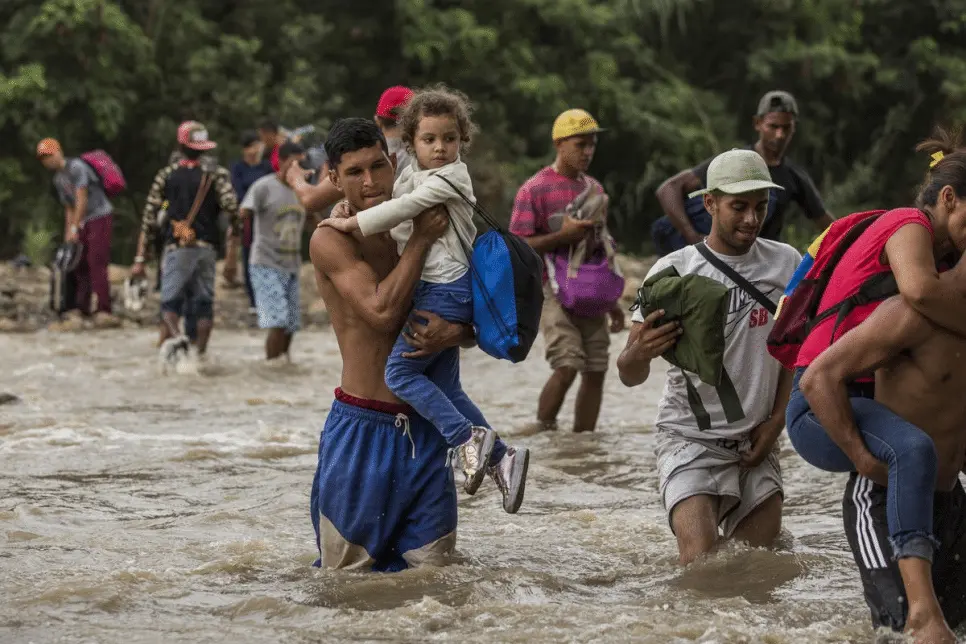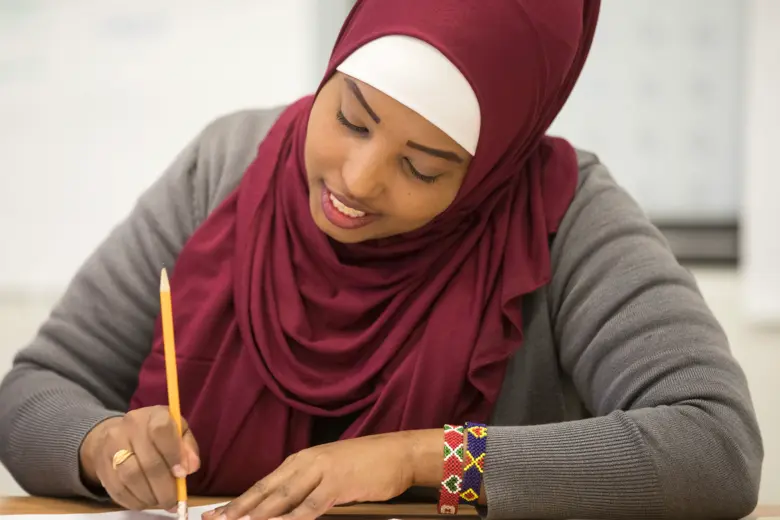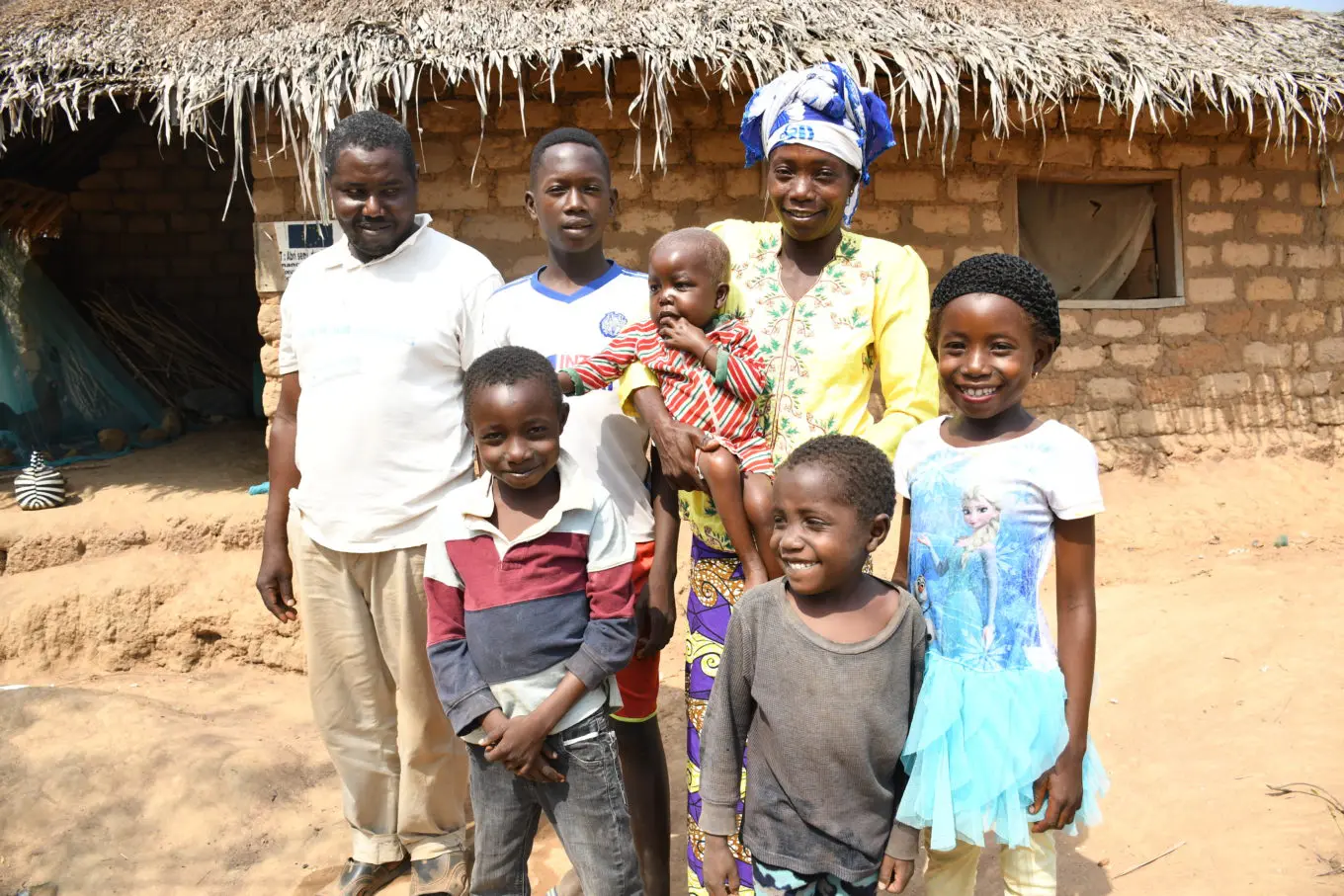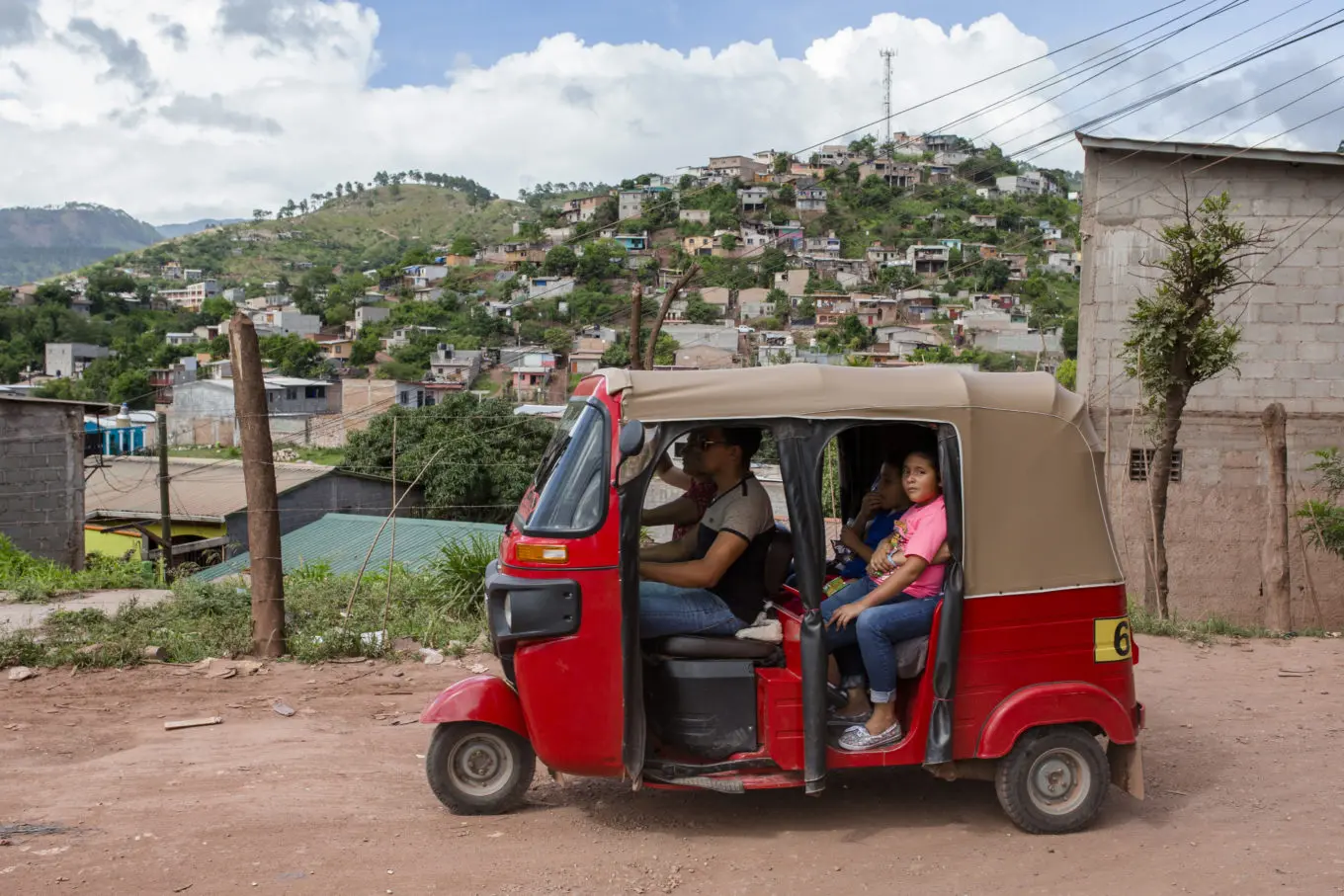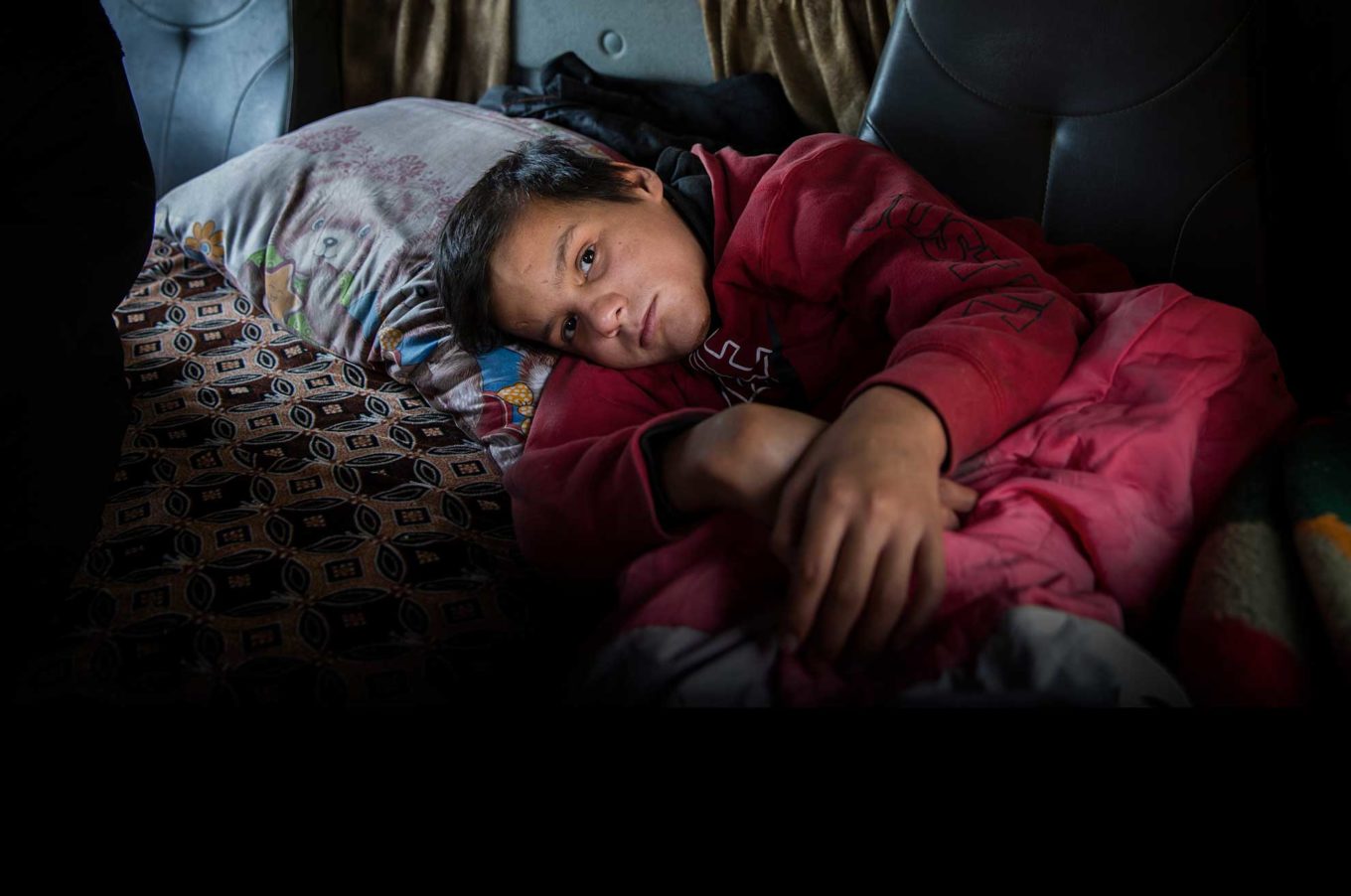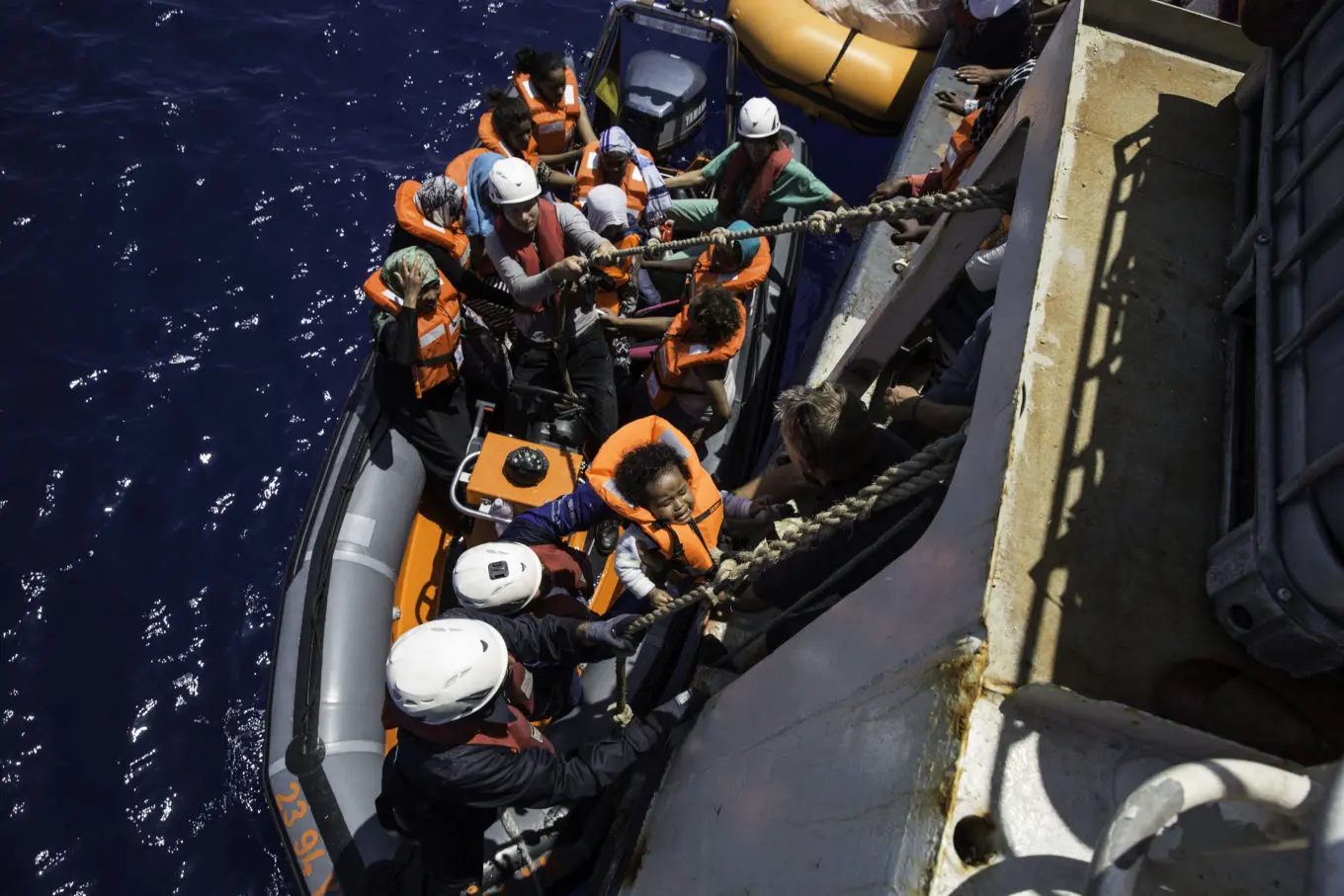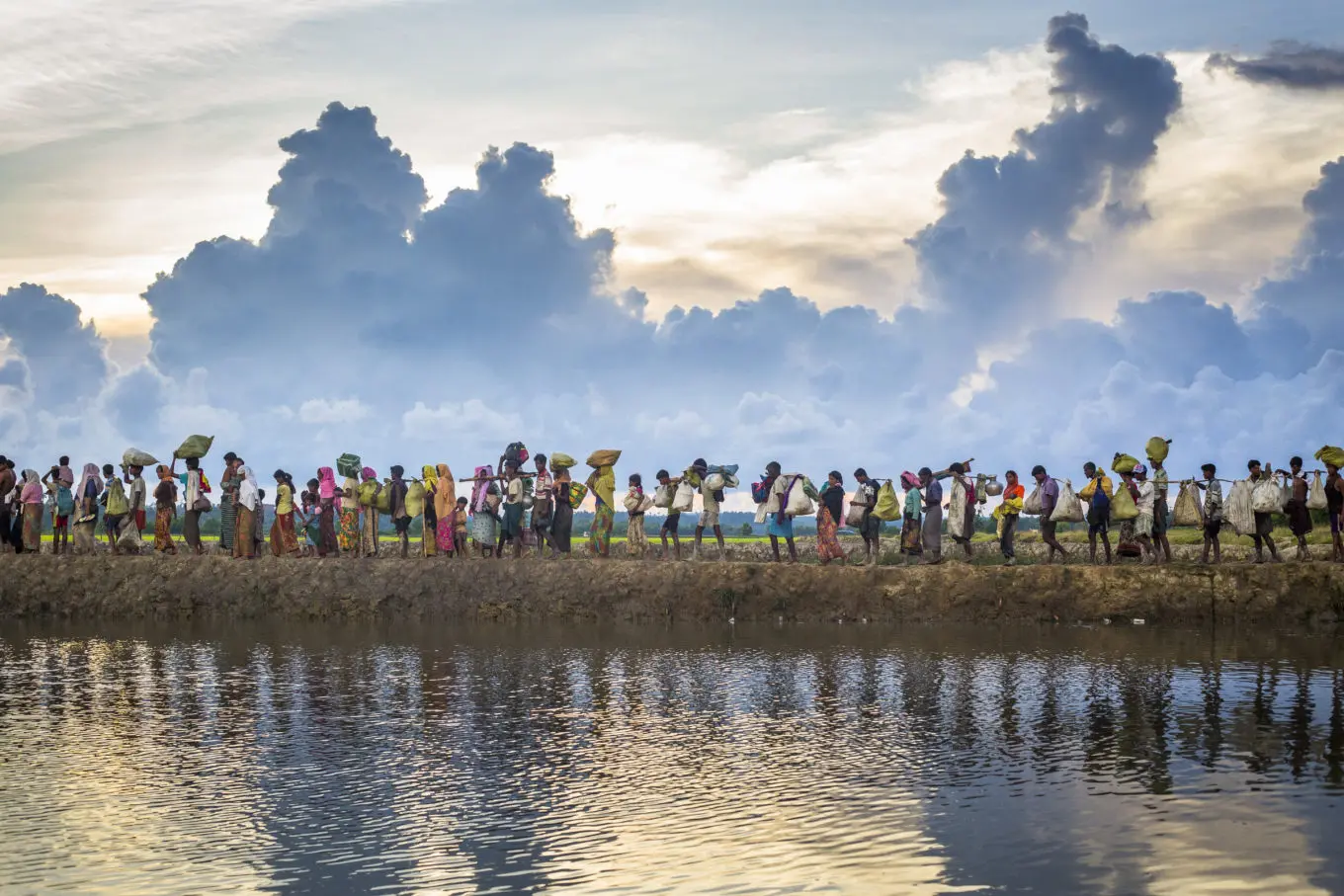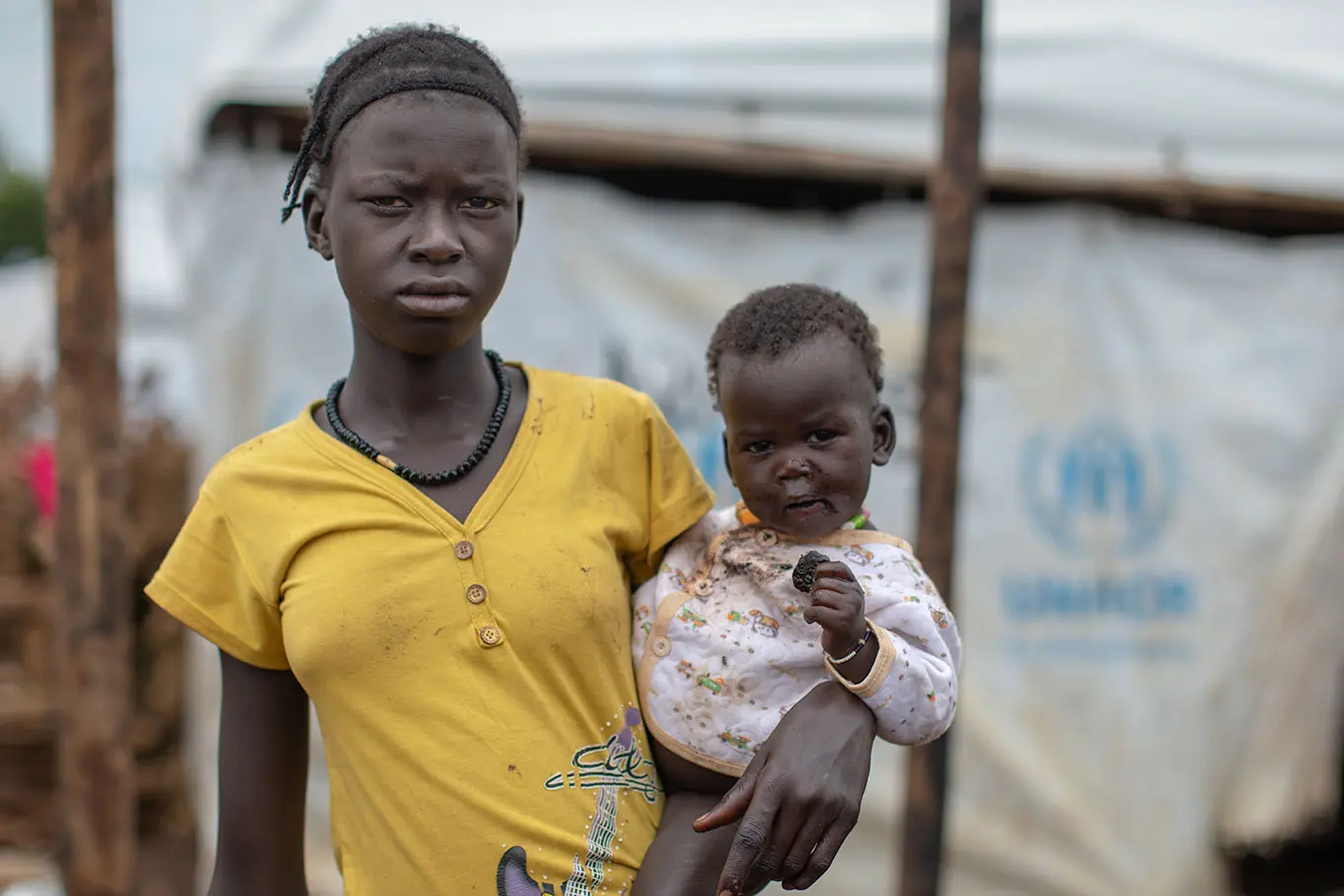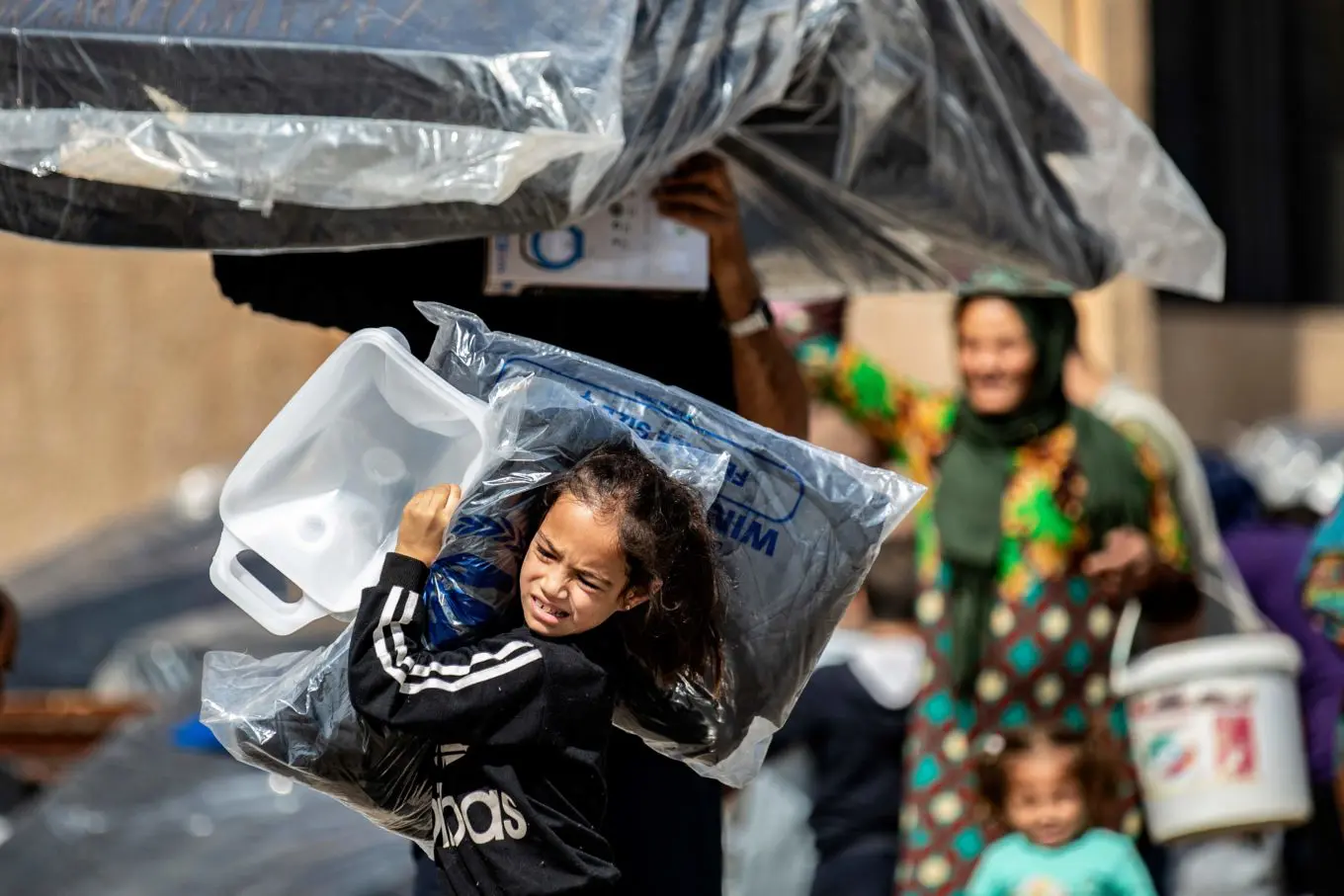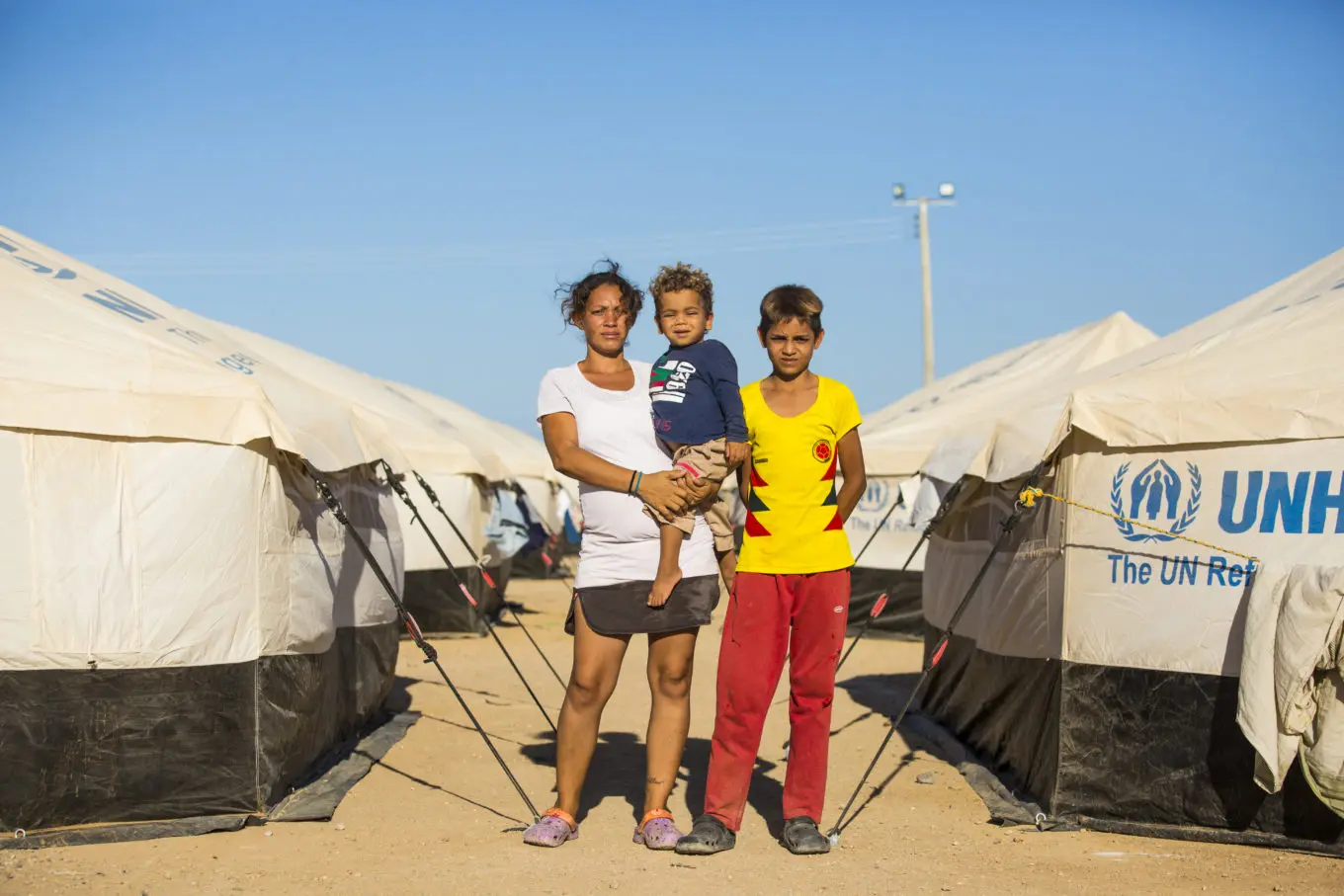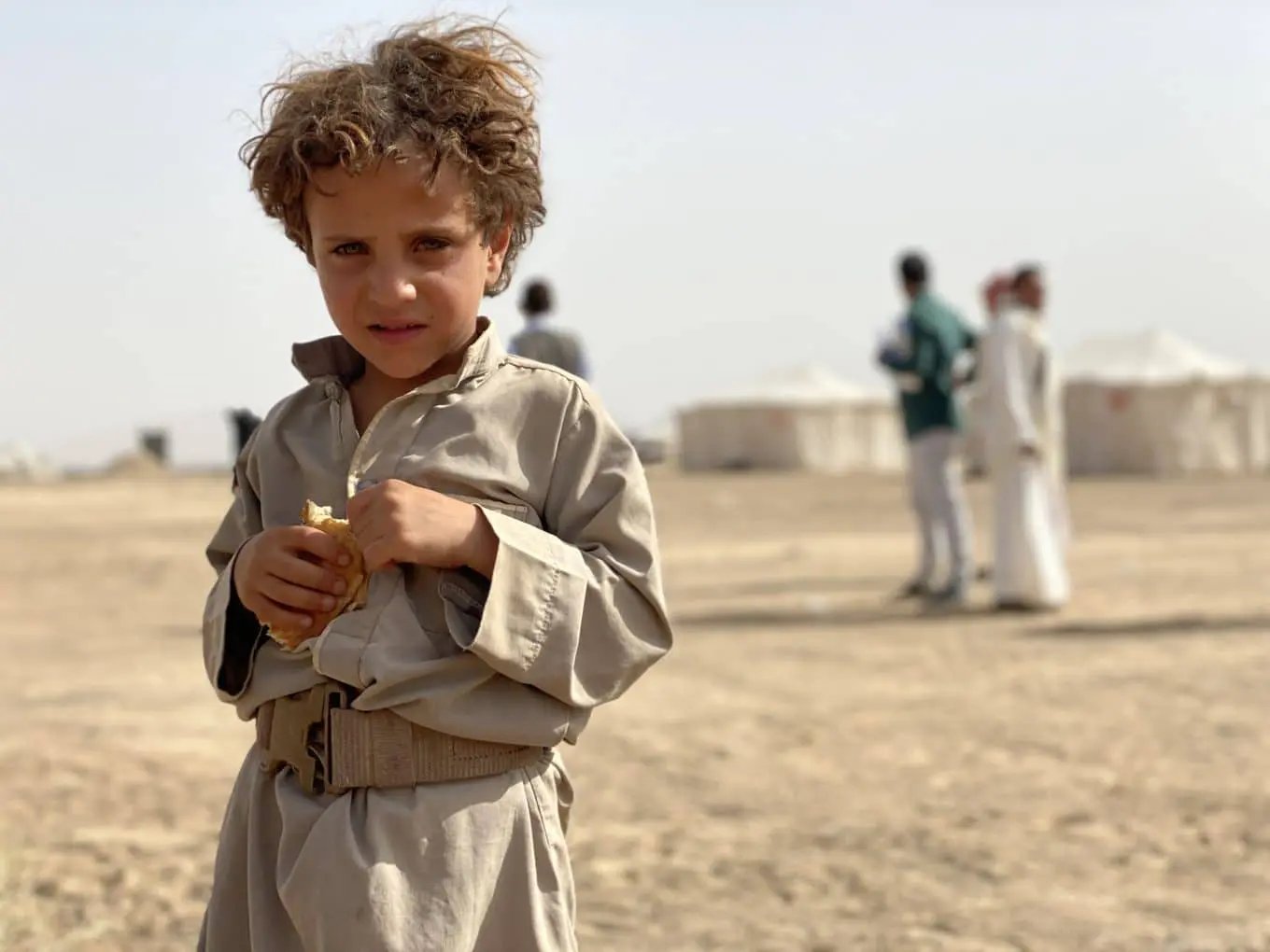Refugee Statistics
Find the latest data and statistics on global displacement.
Photo: © UNHCR/Sylvain Cherkaoui
An unprecedented 80 million people around the world have been forced to flee their homes. Among them are 26.3 million refugees, around half of whom are under the age of 18. There are also millions of stateless people who have been denied a nationality and lack access to basic rights such as education, healthcare, employment and freedom of movement. At a time when 1 per cent of the world’s population have fled their homes as a result of conflict or persecution, our work at UNHCR is more important than ever before.
Global Trends at a glance
Every year, UNHCR publishes the Global Trends report on forced displacement. We count and track the numbers of refugees, internally displaced persons, people who have returned to their countries or areas of origin, asylum-seekers, stateless people and other populations of concern. This process is extremely important in order to meet the needs of refugees and other displaced persons around the world and it helps organizations and States to plan their humanitarian responses.
Key facts and figures
- By mid-2020, 80 million people were displaced worldwide as a result of conflict, persecution, human rights violations and violence. Now, humanity is witnessing the highest levels of displacement on record, including 26.3 million refugees, 45.7 million asylum seekers and 45.7 million internally displaced persons.
- Syria, Venezuela, South Sudan, Afghanistan and Myanmar account for two-thirds of people displaced across borders in 2019.
- Forty percent of the 80 million people forcibly displaced are children under the age of 18.
hide
More statistics
- In the last decade, 20 million people were granted international protection as refugees. The number of refugees has doubled from about 10 million in 2010 to 20.4 million at the end of 2019.
- Internal displacement surged to levels never before seen over the last 10 years. In 2005, UNHCR was working in 15 countries with internally displaced populations. By 2010, the number of countries had increased to 26, and it now stands at 33. In 2005, UNHCR worked with 6.6 million internally displaced persons, a number that grew to about 15 million by 2010 and stood at more than 43.5 million at the end of 2019 – representing an almost 7-fold increase in only 15 years.
- Asylum applications are on the rise. Between 2010 and 2019, States or UNHCR registered more than 16.2 million individual asylum applications globally. In 2019, two million new asylum applications were registered, making up 14 per cent of the total for the entire decade.
- Millions of people across the world who do not possess a nationality are stateless and consequently are often denied basic rights. UNHCR reported on a global number of 4.2 million stateless persons including those of undetermined nationality in 76 countries at the end of 2019. In the last decade, 754,500 stateless persons acquired nationality.
- Finding durable solutions that enable displaced people to rebuild their lives and live in safety and dignity is at the core of UNHCR’s work. Over the last decade, five million refugees found a solution through resettlement or voluntary repatriation, including 107,800 refugees resettled in 2019. But solutions for refugees are in decline. Resettlement benefits only a fraction of the world’s refugees. In 2019, only half a per cent of the world’s refugees were resettled. Over the past 10 years, just over one million refugees were resettled, compared to 3.9 million refugees who returned to their country.
Facts and figures by country/region
Canada
In 2019, Canada once again came out as the world leader in the resettlement of refugees, ranking first among 26 countries. Last year, Canada provided 30,082 refugees with the opportunity to build a new life for themselves and their families, including through its private sponsorship program which accounted for 58 per cent over the past ten years. Read more about refugees in Canada.
Central African Republic
The Central African Republic remains one of the world’s poorest countries. Since May 2017, fresh clashes between armed groups has brought suffering, deaths and destruction. As of summer of 2020, more than 792,000 refugees from CAR were living in neighbouring Chad, Cameroon, the Republic of the Congo and the Democratic Republic of the Congo. In addition to refugees, about 684,000 people are internally displaced.
Central America
In the past five years, the crisis in the North of Central America (NCA) has worsened. The number of refugees and asylum-seekers has soared due to crime and violence fuelled by drug cartels, gangs, fragile institutions and increasing inequality. Human rights violations and political persecution in Nicaragua has also been driving large-scale displacement as well. As of June 2020, there were around 470,000 refugees and asylum-seekers from the North of Central America worldwide, with over 97,000 refugees and asylum-seekers in Mexico. In Honduras and El Salvador, there are over 318,000 internally displaced persons, and over 102,000 Nicaraguans have sought international protection around the world.
Iraq
Acts of violence, mass executions and sexual assault are widespread in Iraq, forcing millions of Iraqis to abandon their homes. After decades of conflict and violence, human rights and rule of law are under attack. By the end of 2019, there were a total of 1.4 million internally displaced persons, 4.6 million returnees since 2014, 286,900 refugees and asylum-seekers, and 47,300 stateless persons.
Libya
More than 1.1 million people required humanitarian assistance in Libya in 2019. This includes around 355,700 internally displaced persons. In Libya, unsafe conditions and reduced access to health care, food, water, shelter or education has left hundreds of thousands suffering. Libya hosts over 43,000 refugees and asylum seekers who are registered with UNHCR, many of whom are travelling through dangerous routes trying to reach Europe. Almost 90 percent of those crossing the Mediterranean Sea to Europe are leaving from Libya.
Rohingya crisis
In 2017, Rohingya refugees fled Myanmar at an incredible rate, and the numbers only continue to grow. At the peak of the crisis, thousands crossed into Bangladesh daily, many walking for days through jungles and mountains. They arrived hungry and sick and in need of protection and assistance. As of summer 2019, over 740,000 refugees fled to Bangladesh.
South Sudan
Since the winter of 2013, conflict in South Sudan has driven nearly four million people from their homes. While some remain in the country, more than two million have fled to bordering countries desperate to reach safety. There are over two million refugees and asylum seekers from South Sudan in the general region.
Syria
Syria continues to be one of the biggest displacement crises of our time. Millions of Syrians have fled across borders and millions more are displaced inside the country as the war continues. More than 13 million people have fled Syria since 2011 – more than half of the Syrian population. Many Syrian refugees reside in neighbouring countries such as Turkey, Jordan and Lebanon. In Lebanon, more than a million Syrian refugees struggle with little to no resources – around 70 percent live below the poverty line. In Jordan, over 650,000 people are trapped with an estimated 93 per cent of refugees living below the poverty line. Between November 4, 2015, and April 30, 2019, 63,938 Syrian refugees were admitted to Canada, according to Immigration, Refugees and Citizenship Canada.
Venezuela
Venezuelans continue to have to leave their country because of insecurity, threats, violence, lack of food, insufficient medicine and more. At the end of 2019, 4.5 million Venezuelans had fled – the largest exodus in the region’s recent history. More than 900,000 Venezuelans have had to seek asylum in the past three years. The ongoing human rights, socio-economic developments and political issues in Venezuela have resulted in a growing number of people leaving for neighbouring countries and parts of Latin America and the Caribbean.
Yemen
Yemen has been called the world’s worst humanitarian crisis. Millions have fled their homes to escape devastating conflict. Millions are facing terrible conditions and they struggle for safety, shelter and aid. In 2018, unprecedented heavy rain and flooding only added to their misery as many families lost their home. More than 24 million people are in need in Yemen – 80 per cent depend on humanitarian aid for the survival.
Education
Our fifth annual report on education, ‘Coming Together for Refugee Education’, was released in September 2020. The 2019 data in the report is based on reporting from twelve countries hosting more than half of the world’s refugee children.
- At primary level, gross enrolment of refugee children in school stands at 77 per cent.
- The contrast between primary and secondary level enrolment remains stark. Less than half of refugee children who start primary school make it to secondary level. Only 31 per cent of refugee children were enrolled at secondary level in 2019, although that was a rise of two points on the previous year, representing tens of thousands more children in school.
- Only three per cent of refugee children will go on to participate in higher education.
- For refugee girls, the threat is particularly grave. Refugee girls already have less access to education than boys and are half as likely to be enrolled in school by the time they reach secondary level.
- UNESCO estimates that – if all girls completed primary school – child marriage rates would fall by 14 per cent. And if all refugee girls finished secondary education, the rate would plummet by 64 per cent. The research shows that each additional year of school can increase a girl’s earnings by up to 20 per cent.
Donate Today
Please help refugee families in need.



